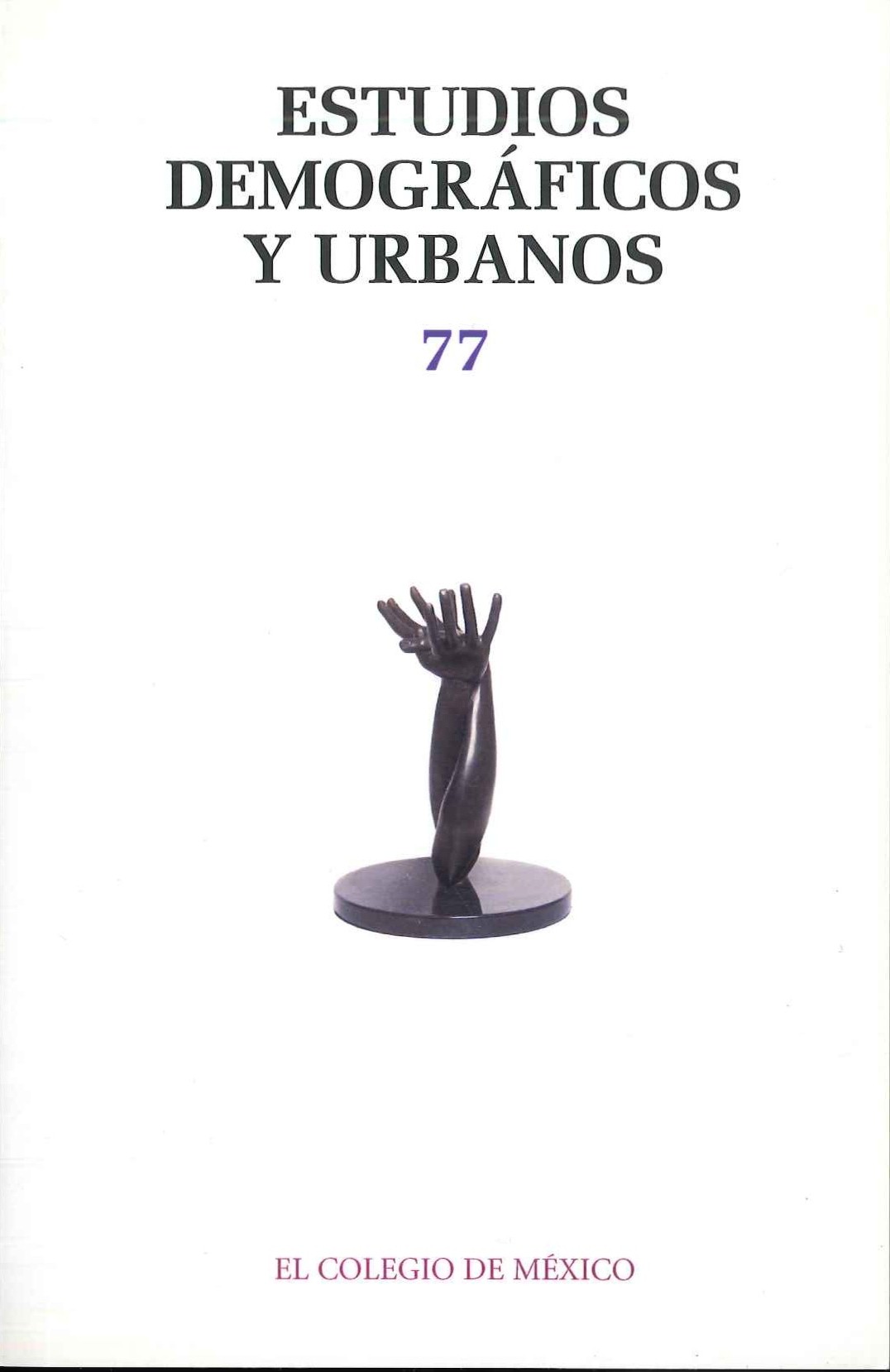Efectos del nivel socioeconómico de la zona de residencia sobre el proceso de estratificación social en Monterrey
Publicado 2011-05-01
Palabras clave
- desigualdad social,
- segregación residencial,
- curso de vida,
- movilidad social,
- Monterrey
Cómo citar
-
Resumen1637
-
PDF (español)1628
-
En línea (español)1814
Descargas
Derechos de autor 2011 Estudios Demográficos y Urbanos

Esta obra está bajo una licencia internacional Creative Commons Atribución-NoComercial-SinDerivadas 4.0.
Métrica
Resumen
En este trabajo exploramos los efectos de la composición socioeconómica de las áreas de residencia en el proceso de estratificación social en la ciudad de Monterrey. A partir de una versión modificada del modelo clásico de logro de estatus propuesto por Blau y Duncan, utilizamos modelos multinivel de regresión lineal y de tiempo al evento para probar algunas hipótesis sobre los efectos del nivel socioeconómico de la zona de residencia en ocho resultados educativos y ocupacionales: los años de escolaridad aprobados; la salida de la escuela; la entrada al primer trabajo; la ocupación a los 21 años (o la primera ocupación si la entrada al trabajo ocurrió más tarde); la salida de una ocupación; y los cambios de trabajos hacia ocupaciones no manuales de alta calificación, no manuales de baja calificación, y manuales. Los efectos son significativos en cinco de estos ocho resultados, lo cual sugiere que el nivel socioeconómico de la zona de residencia desempeña un papel importante como determinante de las trayectorias educativas y ocupacionales a lo largo del curso de vida.


